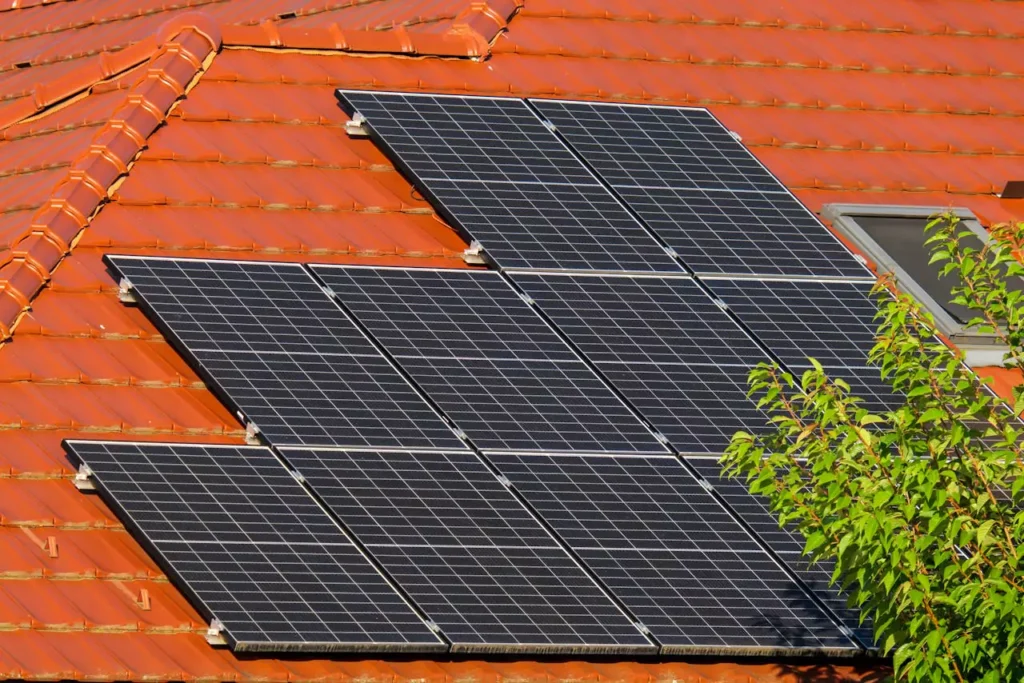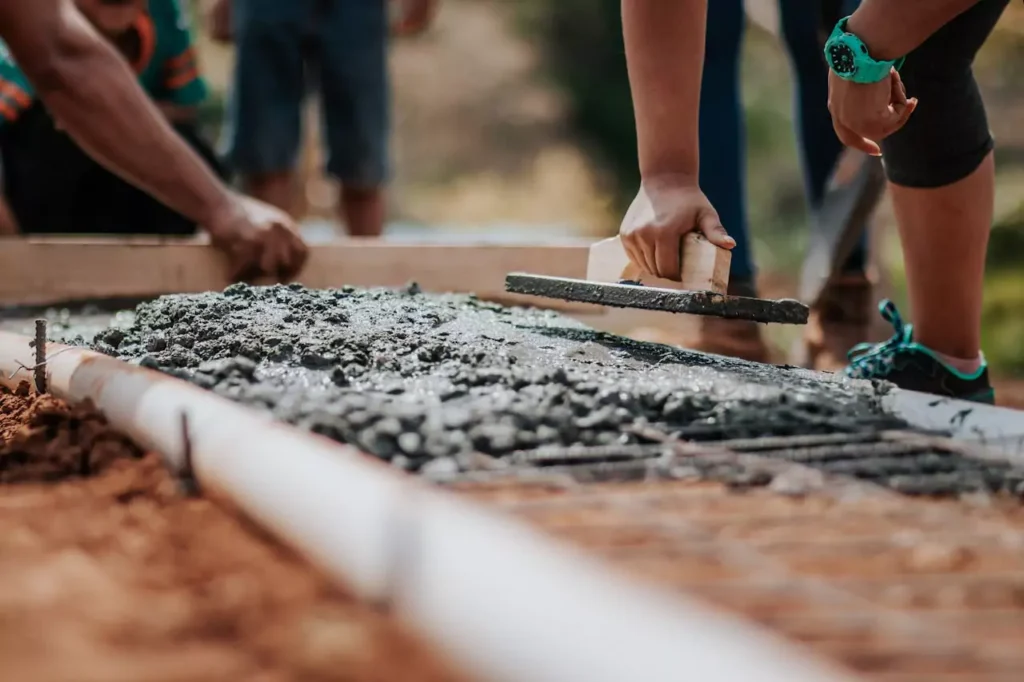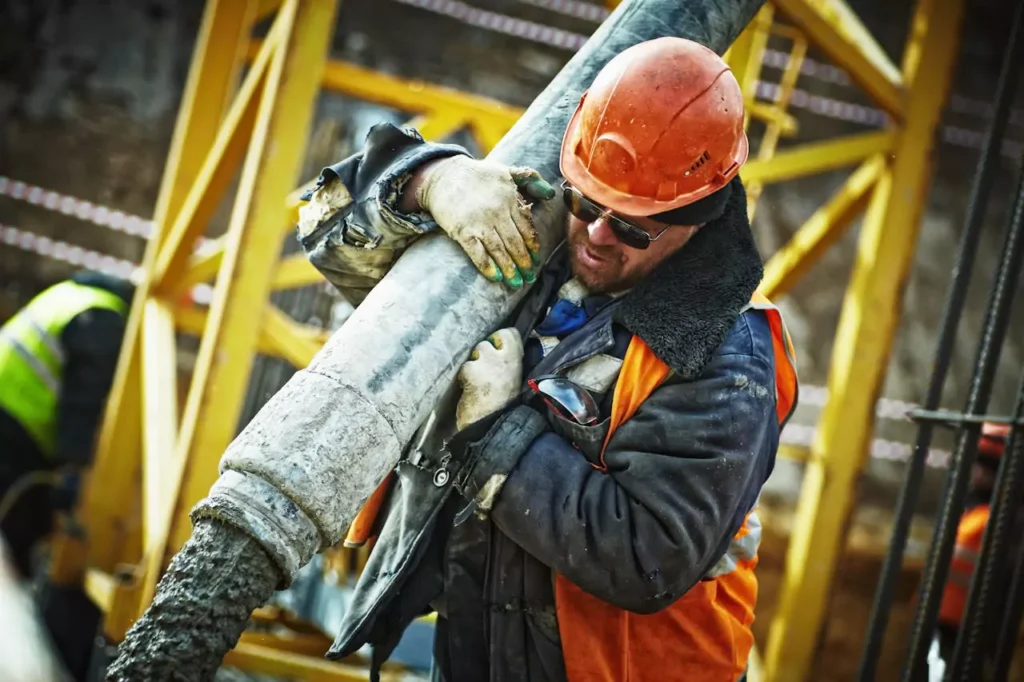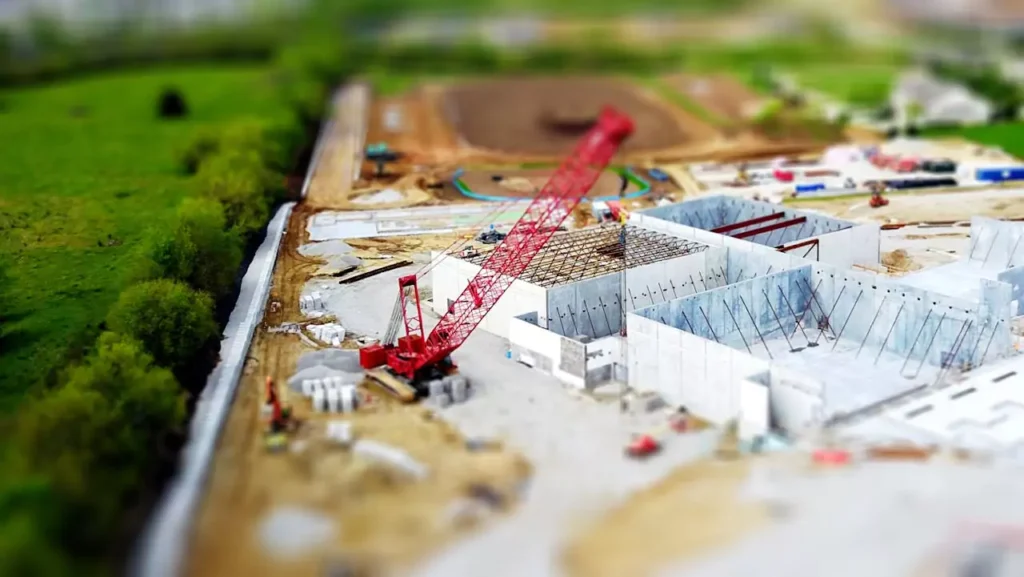What Is an Eco House?
Eco house (eco-friendly houses) are those which are designed and built with minimal environmental impact. They prioritize sustainability throughout their lifecycle, from using recycled materials during construction to incorporating features that reduce energy and water consumption.
Key benefits of eco-houses include:
- Reduced energy bills: Energy-efficient features and potentially renewable energy sources like solar panels can significantly lower energy costs.
- Environmental protection: Sustainable materials and reduced waste minimize environmental impact and carbon footprint.
- Healthier living: Improved air quality through non-toxic materials and better ventilation create healthier homes.

I. What are sustainable building practices?”
Sustainable building practices refer to methods of constructing buildings that are environmentally responsible and resource-efficient throughout a building’s life cycle—from siting to design, construction, operation, maintenance, renovation, and demolition. These practices aim to reduce the environmental impact of buildings, enhance the health and comfort of occupants, and improve the overall sustainability of our built environment.
II. Core Benefits of Sustainable Building

List of Key Benefits
- Energy Efficiency: Sustainable buildings often include features such as enhanced insulation, energy-efficient appliances, and smart home systems, which can reduce energy bills by up to 30%.
- Environmental Protection: By utilizing sustainable materials and reducing waste, these buildings help decrease the environmental impact, lowering the overall carbon footprint.
- Healthier Living Environments: Improved air quality through the use of non-toxic materials and better ventilation systems can significantly reduce the incidence of respiratory issues.
- Water Conservation: Implementing low-flow fixtures and rainwater harvesting systems can reduce water usage by up to 50%.
- Cost Savings: While initial costs may be higher, sustainable buildings often result in lower operating costs due to reduced energy and water bills.
- Increased Property Value: Homes built with sustainable practices tend to have higher resale values due to their efficiency and lower operational costs.
- Government Incentives: Various federal and state programs offer tax credits and rebates for the adoption of green building practices, such as the federal solar tax credit.
- Durability and Low Maintenance: Sustainable materials and construction techniques often result in buildings that require less maintenance and have longer lifespans.
These benefits highlight the multifaceted advantages of sustainable building practices for homeowners, the environment, and broader economic considerations.
III. Key Sustainable Building Practices

Energy Efficiency: Saving Money and the Planet
Energy efficiency is one of the cornerstone principles of sustainable building practices. Here are some strategies used to achieve this:
- Building Orientation: Proper orientation can maximize natural light and reduce the need for artificial lighting and heating.
- Insulation: High-quality insulation in walls, roofs, and floors can significantly reduce energy loss, keeping homes warmer in winter and cooler in summer.
- Energy-Efficient Appliances: Appliances with high energy star ratings use less electricity and contribute to lower energy bills.
- Smart Home Systems: Automated systems can optimize energy use by adjusting heating, cooling, and lighting based on occupancy and time of day.
Sustainable Materials: Building Responsibly
Using sustainable materials is crucial for minimizing the environmental impact of construction. Key materials include:
- Recycled Content: Utilizing materials made from recycled products reduces the need for new raw materials and the energy required to process them.
- Rapidly Renewable Resources: Materials such as bamboo grow quickly and can be harvested with minimal environmental impact.
- Locally Sourced Materials: Sourcing materials locally reduces transportation emissions and supports local economies.
Water Conservation: Smart Use of Resources
Water conservation is another essential aspect of sustainable building. Important strategies include:
- Low-Flow Fixtures: Installing low-flow faucets, showers, and toilets can drastically reduce water usage.
- Rainwater Harvesting Systems: Collecting and using rainwater for irrigation and other non-potable uses helps reduce the demand on municipal water supplies.
- Greywater Systems: Recycling water from sinks, showers, and laundry for irrigation and flushing toilets can further reduce water consumption.
Encouraging Sustainable Choices
To learn more about how you can incorporate sustainable building practices into your next project, consider exploring the following resources:
- U.S. Green Building Council (USGBC): LEED Certification and Resources
- Environmental Protection Agency (EPA): Green Building Standards and Certification Systems
- National Renewable Energy Laboratory (NREL): Energy-Efficient Building Practices
- Database of State Incentives for Renewables & Efficiency (DSIRE): Incentives for Renewables and Efficiency
By adopting sustainable building practices, you can contribute to a healthier planet, save money, and create a more comfortable living environment. Whether you’re building a new home or renovating an existing one, there are countless ways to make your project more eco-friendly. Start by researching and implementing the practices that best fit your needs and goals, and take advantage of the resources and incentives available to support your journey towards sustainability.
Deep Dive into Sustainable Building Practices

To fully appreciate the concept of an eco house, it is essential to delve deeper into the specific practices that make these buildings stand out. An eco house is not merely about the materials used; it encompasses a holistic approach that includes energy systems, water management, and the overall impact on both the occupants and the environment.
1. Energy Efficiency in Detail
Achieving energy efficiency in an eco house involves a multi-faceted approach. Here are some more detailed strategies:
- Building Orientation and Passive Solar Design: Orienting the building to take advantage of natural sunlight can significantly reduce the need for artificial lighting and heating. Passive solar design involves designing windows, walls, and floors to collect, store, and distribute solar energy in the form of heat in the winter and reject solar heat in the summer.
- Advanced Insulation Techniques: Beyond basic insulation, advanced techniques such as insulated concrete forms (ICFs) and structural insulated panels (SIPs) provide superior thermal resistance and can drastically cut heating and cooling costs.
- High-Performance Windows and Doors: Installing double or triple-glazed windows and energy-efficient doors helps maintain indoor temperatures and reduces energy loss.
- Renewable Energy Systems: Incorporating renewable energy systems like photovoltaic (PV) panels for electricity and active solar systems for heating can make a house self-sufficient in energy. Air source heat pumps and geothermal systems can provide efficient heating and cooling.
- Energy Management Systems: Smart home technologies can monitor and control energy usage, optimizing the performance of heating, cooling, and lighting systems to match the needs of the occupants.
2. Sustainable Materials: A Closer Look
The choice of materials is a critical component of sustainable building. Here are some materials and practices that are particularly effective:
- Recycled and Reclaimed Materials: Using materials such as recycled steel, reclaimed wood, and recycled glass not only reduces waste but also requires less energy to produce compared to new materials.
- Natural and Non-Toxic Materials: Materials like natural wool insulation, low-VOC (volatile organic compounds) paints, and natural fiber carpets improve indoor air quality and are safer for both the environment and the occupants.
- Innovative Building Materials: Materials such as cross-laminated timber (CLT) and hempcrete are gaining popularity due to their sustainability credentials. CLT is a renewable, strong material that sequesters carbon, while hempcrete is an excellent insulator and resistant to mold and pests.
- Embodied Energy Considerations: Embodied energy refers to the total energy required to produce a building material. Using materials with low embodied energy, such as bamboo and locally sourced products, helps reduce the overall carbon footprint of the building.
3. Water Conservation Techniques
Effective water management is another hallmark of an eco house. Here are some advanced water conservation strategies:
- Efficient Irrigation Systems: Drip irrigation and smart irrigation controllers ensure that water is used efficiently in landscaping, reducing waste and ensuring that plants receive the optimal amount of water.
- Comprehensive Rainwater Harvesting: Systems can be designed to collect and store rainwater from roofs for use in irrigation, toilet flushing, and even laundry. Advanced filtration systems can make rainwater safe for drinking and household use.
- Greywater Recycling: Greywater systems capture and treat water from showers, baths, and laundry, allowing it to be reused for flushing toilets and irrigation, thus reducing the demand on freshwater supplies.
- Permeable Paving: Using permeable materials for driveways and walkways allows rainwater to percolate into the ground, reducing runoff and recharging groundwater supplies.
Real-World Examples of Eco Houses
To illustrate the principles discussed, let’s look at some real-world examples of eco houses that showcase sustainable building practices:
- The BedZED Project (Beddington Zero Energy Development): Located in the UK, BedZED is a pioneering eco-village that incorporates solar panels, biomass heating, and extensive use of recycled materials. The development also features high insulation levels, rainwater harvesting, and green roofs.
- The EcoHouse at the University of Calgary: This project is designed as a research facility to test and demonstrate sustainable building technologies. It includes a solar-powered energy system, rainwater collection, and the use of low-impact building materials.
- Earthships: These are passive solar earth shelters made of natural and upcycled materials such as earth-packed tires. Earthships are designed to be off-grid, self-sustaining homes that use renewable energy and sustainable water systems.
- The Bullitt Center in Seattle: Often described as the “greenest commercial building in the world,” the Bullitt Center features a rooftop solar array, rainwater harvesting, composting toilets, and a sustainable materials palette. It operates as a net-zero energy building, producing as much energy as it consumes.
Challenges and Considerations

While the benefits of eco houses are significant, there are also challenges and considerations that homeowners and builders must address:
- Initial Costs: Sustainable building materials and technologies can be more expensive upfront. However, these costs are often offset by long-term savings in energy and maintenance.
- Technical Expertise: Building an eco house requires specialized knowledge and skills. Finding contractors and architects with experience in sustainable building practices can be challenging.
- Regulatory Barriers: Building codes and regulations may not always support innovative sustainable practices. It’s important to work with local authorities to ensure compliance while advocating for more supportive policies.
- Maintenance and Operations: Sustainable systems, such as solar panels and rainwater harvesting, require regular maintenance to function effectively. Homeowners need to be prepared for this responsibility.
Conclusion
Eco houses represent a forward-thinking approach to residential construction that prioritizes environmental responsibility, energy efficiency, and the health and well-being of occupants. By embracing sustainable building practices, we can create homes that not only reduce our environmental impact but also provide long-term economic and health benefits. As awareness and technology continue to advance, the dream of living in an eco house is becoming more accessible and achievable for people around the world.
To embark on your journey towards building or retrofitting an eco house, consider starting with small, manageable projects, such as upgrading insulation or installing low-flow fixtures. Gradually incorporate more advanced systems like solar panels or greywater recycling as you gain confidence and resources. The transition to a more sustainable lifestyle begins with informed decisions and a commitment to making a positive impact on the planet.



